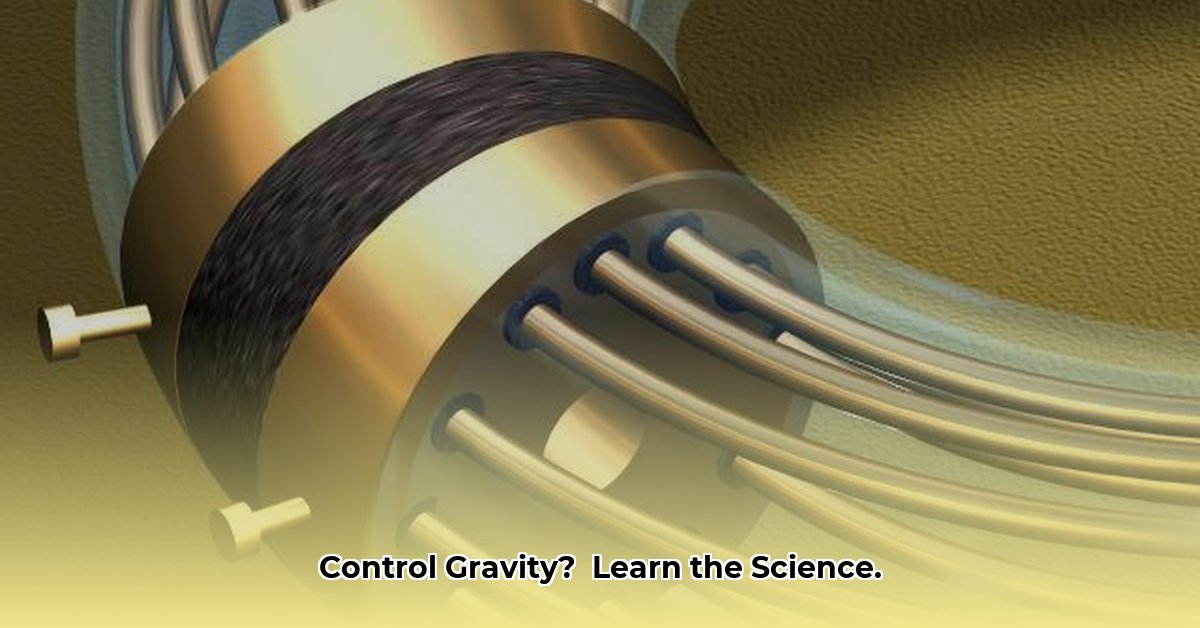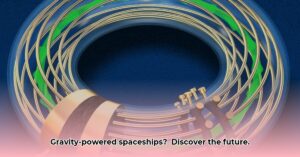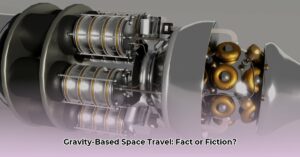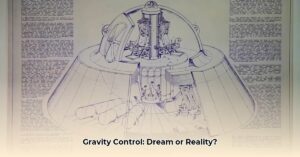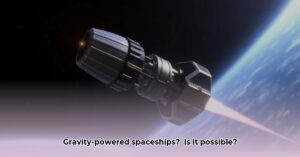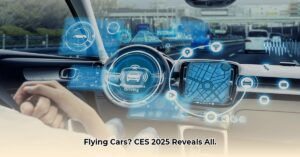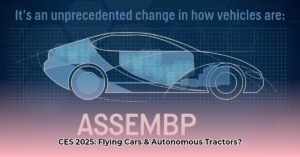The dream of effortlessly soaring through the cosmos, unburdened by the limitations of conventional rockets, has captivated scientists and science fiction enthusiasts alike. This dream hinges on the concept of gravitic propulsion – harnessing the very force of gravity to power spacecraft. But how close is this dream to reality? This deep-dive explainer delves into the science, the speculation, and the significant hurdles that stand between us and gravity-controlled flight.
What is Gravitic Propulsion?
Gravitic propulsion encompasses a range of theoretical approaches that aim to manipulate gravity or inertia to create motion. It represents a paradigm shift from traditional propulsion methods, which rely on expelling mass to generate thrust. Instead, gravitic propulsion envisions using the fundamental force of gravity itself, potentially enabling unprecedented levels of efficiency and speed.
The Theoretical Landscape: Warping Spacetime and Beyond
Several theoretical concepts underpin the pursuit of gravitic propulsion, each with its own set of intriguing possibilities and formidable challenges.
Warp Drives: Surfing the Fabric of Spacetime
Perhaps the most captivating concept is the warp drive, popularized by science fiction but rooted in the theoretical framework of Einstein’s general relativity. The idea involves warping spacetime itself, creating a “bubble” around a spacecraft. This bubble would compress spacetime in front of the spacecraft and expand it behind, effectively moving the spacecraft without actually accelerating it through space. This could theoretically allow faster-than-light travel, not by exceeding the speed of light within the bubble, but by shortening the distance to the destination.
The major stumbling block? Warp drives require something called “exotic matter,” a hypothetical substance with negative mass-energy density. This type of matter has never been observed and its existence is purely theoretical. While research continues to explore the properties of spacetime and the potential for manipulation, practical warp drives remain firmly in the realm of speculation.
Artificial Gravity: Generating Our Own Pull
Another approach involves generating artificial gravity fields, essentially creating a “gravitational hill” that pulls the spacecraft towards its destination. This concept is even more speculative than warp drives, as it requires a level of control over gravity that is far beyond our current understanding. While we can observe and measure the effects of gravity, we lack the fundamental knowledge necessary to create or manipulate it in this way. Ongoing research in areas like quantum gravity might one day provide the necessary insights, but for now, artificial gravity generators remain a distant prospect.
Other Theoretical Approaches
Beyond warp drives and artificial gravity, other theoretical approaches exist, including:
- Electrogravitics: This concept utilizes high-voltage electric fields to generate thrust. While the Biefeld-Brown effect, often cited in discussions of electrogravitics, does produce motion, it’s likely due to ionic wind – charged particles pushing against the device – rather than true gravity manipulation.
- Zero-Point Energy: Some theories propose harnessing the vacuum energy of space, known as zero-point energy, to power a gravitational field. However, the very existence of zero-point energy, let alone our ability to harness it for propulsion, remains a topic of intense scientific debate.
- Mass Manipulation: This concept explores the possibility of altering an object’s mass or inertia to influence its gravitational interaction. This idea, while intriguing, poses significant challenges as we are far from understanding how to manipulate mass in this way.
The Current State of Research: A Long Road Ahead
Despite the exciting possibilities, it’s crucial to emphasize that gravitic propulsion is currently purely theoretical. We have not yet discovered a way to defy the known laws of physics and manipulate gravity for practical propulsion. The challenges are substantial, ranging from the need for hypothetical materials like exotic matter to fundamental gaps in our understanding of gravity itself.
Nevertheless, research continues. Scientists are exploring the intricacies of general relativity, quantum gravity, and other related fields in hopes of uncovering the secrets of gravity. Organizations like NASA are also investing in advanced propulsion concepts, some of which touch upon aspects related to gravity, though not in the sense of direct manipulation.
The Future of Gravitic Propulsion: A Universe of Possibilities
While the road to gravitic propulsion is long and arduous, the potential rewards are immense. Imagine the implications of mastering gravity control: effortless space travel, revolutionary new forms of transportation on Earth, and perhaps technologies we haven’t even conceived of yet.
The pursuit of gravitic propulsion, even in its current theoretical stage, pushes the boundaries of human ingenuity and inspires us to explore the fundamental mysteries of the universe. It’s a testament to our relentless curiosity and our unwavering drive to push the limits of what’s possible. Perhaps, one day, the science fiction of today will become the scientific reality of tomorrow.
| Approach | Description | Challenges | Potential |
|---|---|---|---|
| Warp Drive (Alcubierre) | Warping spacetime to create a “warp bubble” around a spacecraft. | Requires exotic matter with negative mass-energy density, which has never been observed. | Faster-than-light travel. |
| Artificial Gravity | Generating localized gravity fields to pull a spacecraft. | Requires significant advancements in our understanding and ability to manipulate gravity. | Highly efficient spacecraft maneuvering. |
| Electrogravitics | Using high-voltage electric fields to generate thrust. | Observed effects are likely due to ionic wind, not gravity manipulation. | Potential for novel propulsion systems (though not true gravitic propulsion). |
| Zero-Point Energy | Harnessing the vacuum energy of space. | Existence and harnessing of zero-point energy are highly speculative. | Potentially limitless energy source for various applications. |
| Mass Manipulation | Changing an object’s mass or inertia to alter its interaction with gravity. | Far from understanding how to achieve this. | Could revolutionize transportation and our understanding of gravity. |

